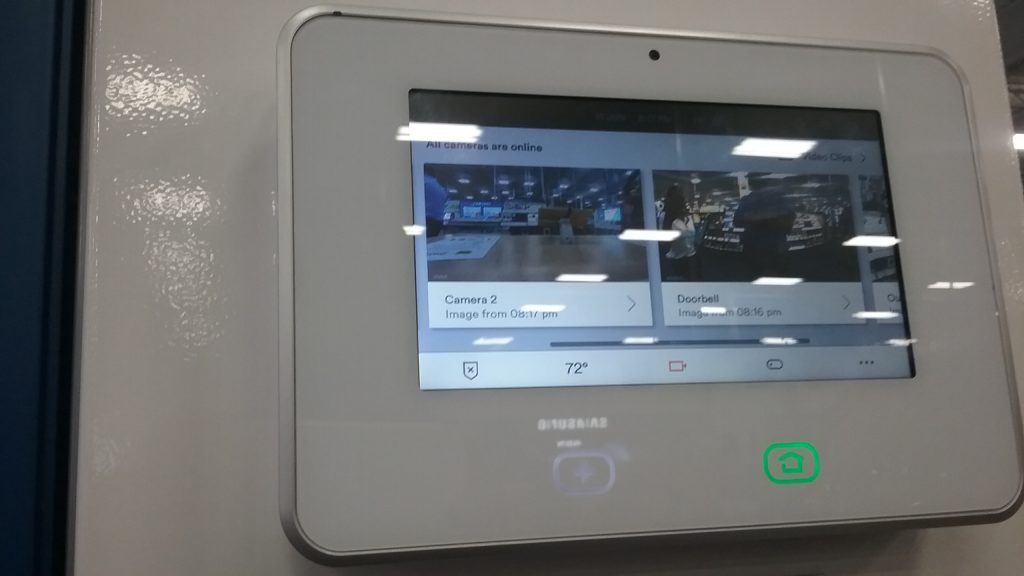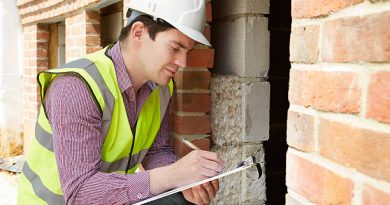Common Heating Issues and DIY Troubleshooting Tips
As temperatures change from mild fall to freezing winter, your heating system will likely receive increased use – it must function effectively.
Before calling in a professional for heating repair, why not try these DIY troubleshooting tips first?
Or if you already have a chilly house and need some quick fixes? Check out these easy tips for common heating problems. Afterward, you can click the following link if you’d like to learn more about your options for emergency furnace repair in Phoenix.
Contents
1. Thermostat issues
Your thermostat serves as the “brains” of your heating and cooling system. Your family could experience uncomfortable living conditions and higher energy bills when it malfunctions. However, by learning more about common thermostat issues and solutions to them yourself, you could avoid professional HVAC service calls altogether.
At first glance, an obvious thermostat issue occurs when its display has stopped working properly. A straightforward solution would be replacing batteries. If that does not help, however, then a circuit breaker issue may be at play.
To fix this, find your house’s breaker box and figure out the specific circuit breaker that controls your thermostat. After that, turn it on and off to get your thermostat operating again.
Dust and lint accumulation inside a thermostat’s sensor can create problems with accurately gauging temperatures and reaching desired settings. Loose connections or corrosion of wires also exacerbate these issues; cleaning internal wires as well as tightening loose connections is the way forward to resolve such issues.
2. High energy bills
Have you noticed an unexpectedly significant increase in your energy bill recently? Though energy bills tend to increase during colder months, a sudden spike could indicate minor or moderate issues with your heating system that require further examination.
Begin by verifying that your thermostat is set to “heat” with desired temperatures that correspond. Also, ensure the circuit breaker hasn’t tripped and/or the gas valve (if using a natural gas furnace) is open.
Compare energy usage between months to see if other factors could explain an increase, taking steps to decrease demand as necessary – or calling in professional repairs services in extreme cases.
3. Pilot light issues
Older systems still rely on traditional pilot lights for ignition; though modern furnaces feature advanced ignition systems, a malfunctioning pilot light can still be annoying and cause frustration.
Pilot lights that go out often have to be manually relit, and it is wise to consult the owner manual of your system for instructions on how to do this safely. Common causes for pilot light blowout may include strong drafts near the pilot flame, dirt on the intake valve, or a broken thermocouple – a safety device that detects whether your pilot light is functioning.
Suppose your pilot light has repeatedly gone out for no discernible reason. In that case, a trained professional must examine and repair the gas valve and thermocouple, which may have worn down or dirty due to wear and tear, possibly leading to premature shut-offs of the gas supply without cause.
A trained professional should also inspect your heat exchanger for cracks that could trigger this phenomenon and lead to sudden gas valve shut-offs.
4. Strange noises
Most heaters make noise, but any unexpected sound could indicate something is amiss. Knowing which noises are normal and when to seek professional help can save you money and extend the lifespan of your heating system.
One of the most severe heater issues occurs when your unit produces loud banging noises. This could indicate that there has been an issue with gas ignition that may result in an explosion within your unit and should be handled immediately by professional service personnel.
Whistling noises often indicate reduced airflow caused by clogged or dirty filters, which you can fix by cleaning or changing them out.
If your heater starts making a chirping sound, it could simply be warming up or overheating; however, if this noise continues or sounds like birds trapped inside it, immediately switch it off and seek professional assistance as this could indicate carbon monoxide leaks – an extremely hazardous situation for you and your family which emits an unpleasant odor similar to that of rotten eggs.
5. Clogged air filters
Filters that are too dirty limit the capacity of heating systems to deliver warm air into homes, which is one of the most frequently experienced problems and easy to solve.
Regularly cleaning your furnace’s air filter can reduce the dust, debris, and contaminants entering sensitive heating system parts like the blower motor.
Homeowners with multiple pets must take extra caution. Hair and dander from pet fur can quickly clog filters, leading to blower cycles between “On” and “Off,” possibly signaling an issue with its limit switch that requires a professional inspection.
Uneven temperatures at home can stem from different problems like having an HVAC system that’s too small or too big, placing the thermostat incorrectly, using dirty air filters, or having leaks in the ductwork. Consulting with a heating professional is key in identifying potential problems and helping address them successfully.




